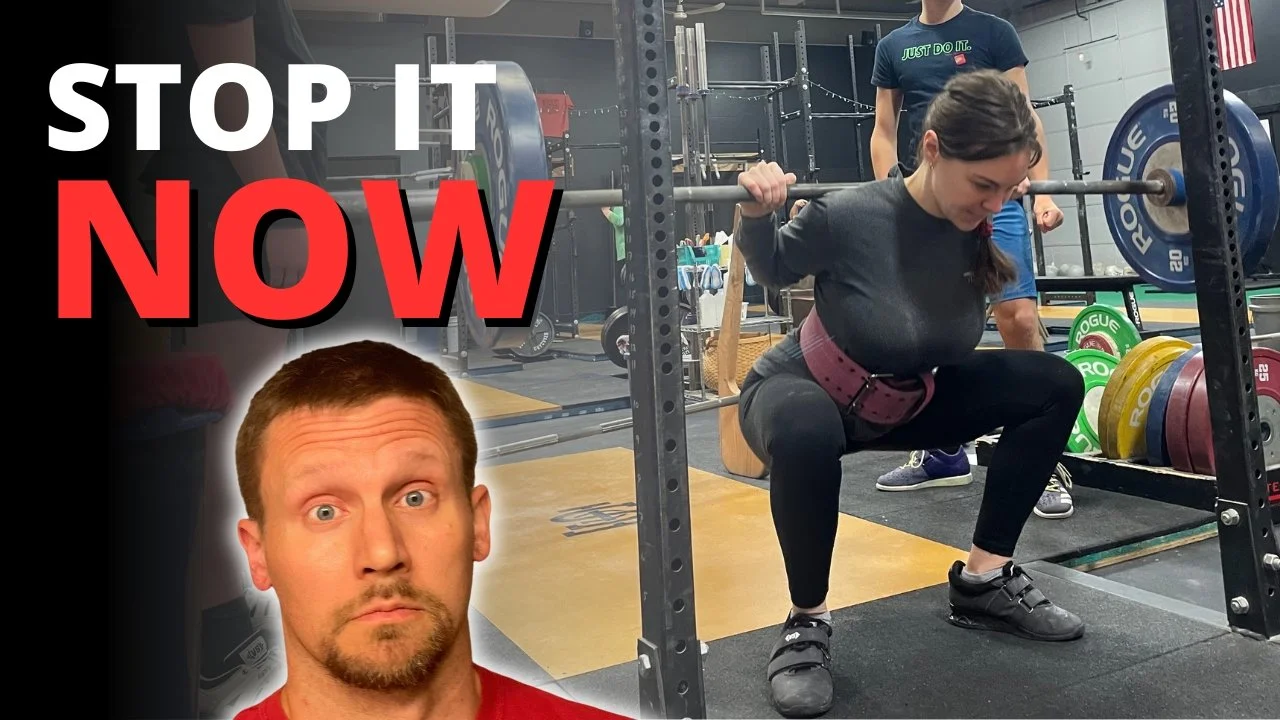Third - and this is what we’re talking about today with the absence of 2.5 lb plates - the warm-up should bow to convenience whenever it’s possible and reasonable to do so. It’s very convenient to choose your warm-up weights so that they end with the number five, e.g., 85 lb, 95 lb, 105 lb, etc., and if you do this, you don’t need to use 2.5 lb plates when warming up (if you use 2.5 lb plates, your weight selection will end with a zero such as 90 lb, 100 lb, 110 lb, etc.).
“Are You Sure This is OK?”
This works well because, in general, you don’t need to be nitpicky with your warm-up weight selections, and by avoiding 2.5 lb plates, we’ve now simplified the process by reasonably reducing the options we choose from when warming up.
Two Exceptions
This is a general recommendation, and as such, there are some exceptions.








